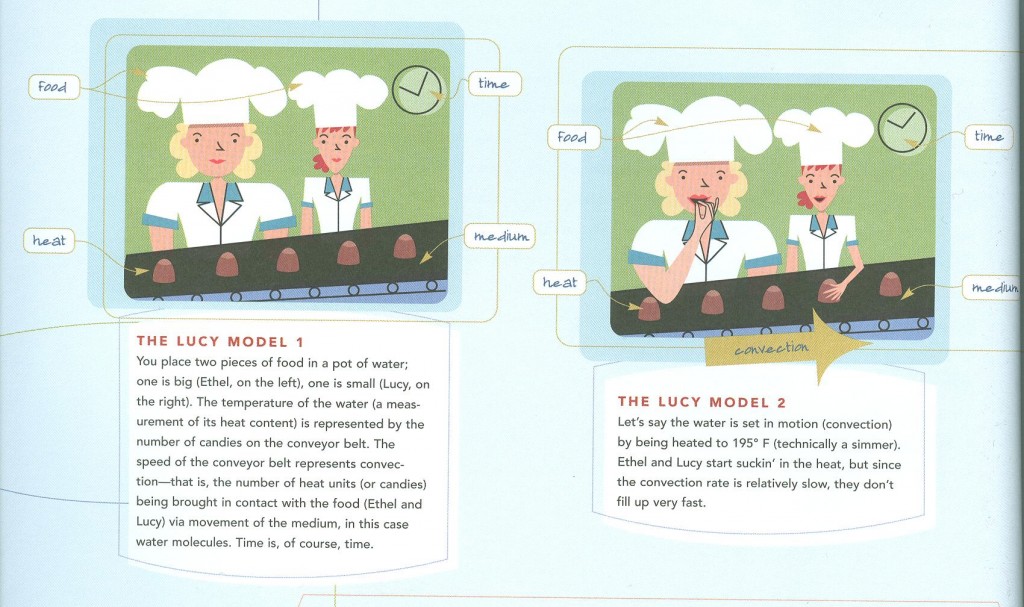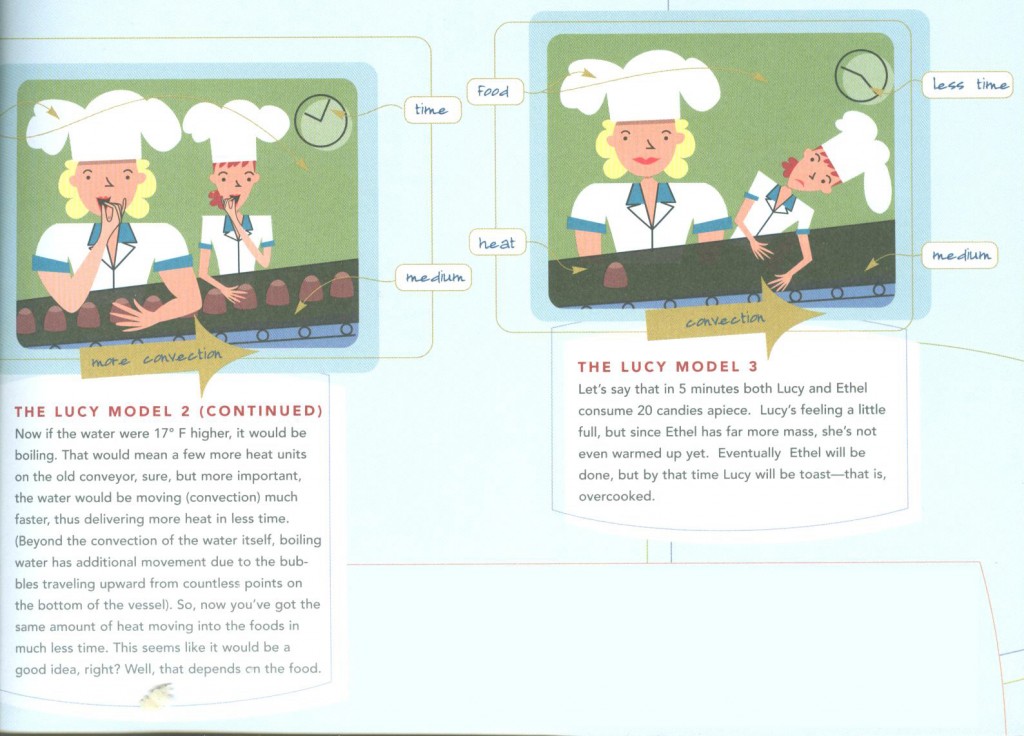Here for the Food #1
I may have used affiliate links for some of the items in this post. Using an affiliate link to purchase an item won't cost you any more money, but I may receive payment if you click on a link and make a purchase. For more information, visit the disclosures page.
I love to bake, but I pretty well fail at all other cooking. This is because I can follow a recipe, but I generally lack the understanding of what is happening with the food, to do any real cooking. Because I this, and my love of Alton Brown’s show Good Eats, I am working my way through his book I’m Just Here For the Food. I have a hard copy of the book, but there are digital editions available as well.
My goal is to work my way thru this book, and really learn what I’m doing, expecially with 1/2 of a 1/2 of a steer coming our way about mid-December. The last thing we got butchered, was a whole hog, and I have to say, that I got tierd of cooking the same things all the time, because that happened to be the recipe that I had available. If I really knew what I was doing, I could change things up, and make new foods all the time. Now, that might stress my husband out a little… but I’m all for it.
Today I’m going to cover the first 3 sections of the book: The Mission, How to Read a Recipe, and Heat.
The Mission
The mission of this book is to help the reader understand the process of cooking. Cooking is defined as the act of preparing food for eating by means of heat. It is important to note, as Alton does, that “cooking is not defined by seasonings, glazes, sauces, infusions, dusts, rubs or relishes. It is defined by the application of heat. [And] Since most of us live in a world where heat is conjured by the stroke of a switch or the twist of a knob, we’re no inclined to give it much thought.”
It is the goal in this book, to help the reader get the basics of cooking and learn to control: salt, water and (above all) heat.
How to Read a Recipe
After reading Alton’s take on reading a recipe, I have to say that this is something I really fail at. I usually make an effort to look at the list of ingredients (what Alton calls the “Software”), but I rarely actually double-check my cabinets to verify that I even have the ingredients, and Lord forbid that I verify that I have the right pots, pans and dishes (or “Hardware”) for the job. I substitute a lot. Now, sometimes this has turned out well… I ended up with a fabulous biscotti, but replacing out orange marmalade and diced almonds with cherry preserves and non-pariels, but it could have been a flop, and I’m not sure that it was as good as the original recipe would have been.
He also discusses the mise en place, or prep for cooking dishes in this section. This is the part where you get all of your ingredients out and measure them before you start. (Yes, I fail at this too…)
The most important point from this section: “Cooking requires not, just knowledge (which can simply be absorbed and regurgitated) but understanding, and understanding requires thought.”
Heat
This section of the book covers how heat can be created: chemical reactions, mechanical friction, radiant energy, and physical reaction. The largest portion of this section is used to explain the process of convection, a physical reaction. In the most basic terms, “conduction is what happens when a piece of matter that’s hot comes into direct contact with a piece of matter that isn’t. Since heat always moves toward areas of lesser heat, the hot matter makes the less-hot matter hotter.”
Cooking Methods
| Oven Roasting/Baking | Radiation (from the walls and, in electric ovens, the calrod), Convection (from air currents inside) |
| Broiling | Radiation (from the flame or calrod) |
| Boiling, steaming, frying, simmering, poaching, stewing | Conduction (from the fluid medium), Convection (of the fluid medium) |
| Braising | Conduction (from the fluid and from the vessel), Convection usually isn’t an issue because what small amount of liquid exists is usually very dense and therefore doesn’t circulate. |
| Microwave | Radiation from the magnatron tube |
| Hybric cookers, such as “speed ranges” that combine microwaves with halogen light or “calrod ranges” that combine microwaves with halogen light or calrods. | Radiation for multiple sources, Convection |


